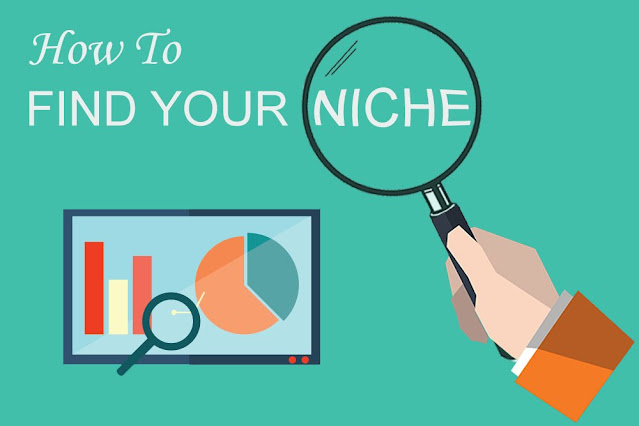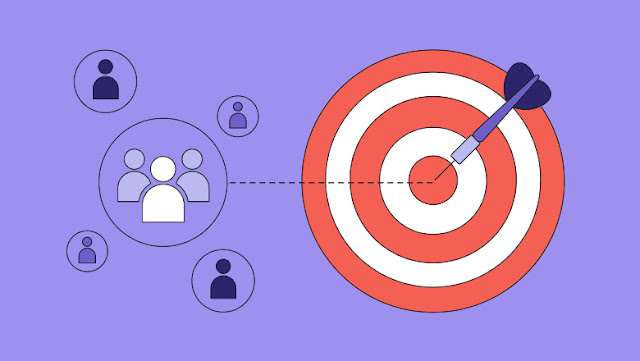A Step-by-Step Guide to Getting Started Blogging
Introduction:
In the rapidly advancing digital age, blogging has become a popular tool for personal expression, sharing, and even a place to be. income. If you are an avid blogger who wants to start this exciting journey, you are in the right place. In this comprehensive guide, we'll show you the steps to get started on your blogging adventure while incorporating search engine optimization (SEO) tactics to help your blog rank and reach an audience.
Finding Your Blog Niche:
Finding Your Blog Niche
Identifying your blog niche is an important first step. Consider your interests, skills, and passions to find a niche that fits your unique voice.
Choosing a niche market allows you to focus on your content, make yourself an authority and target a specific audience.
Defining Your Audience:
Defining Your Audience
Understanding your audience is key to creating meaningful content that resonates with your readers. Do market research to identify your audience's demographics, interests, and needs. By tailoring your content to fit their interests, you will attract a following.
Choosing a Platform and Domain Name:
Choosing a Platform and Domain Name
Choosing a platform and domain name is important to building a solid foundation for your blog.
Popular blogging platforms like WordPress, Blogger, and Squarespace provide users with easy and flexible options. Choose a domain name that reflects your blog personality, is catchy, relevant, and easy to write.
Set Up Your Blog:
Set Up Your Blog
After choosing your platform and registering, it's time to set up your blog. Install and customize a theme that fits your blog's aesthetic to ensure a great user experience. Pay attention to the responsiveness, readability and navigation of the website to ensure user engagement.
Content Created:
Content Created:
A successful blog thrives on relevant and engaging content. Form an idea of your goals, topics, and posting frequency. Do keyword research to identify popular search terms and incorporate them into your content to improve your SEO ranking. Create a catchy headline to grab attention and optimize your meta description to entice users to click on your blog in search engines.
Creating Quality Content:.png)
Creating Quality Content
consistently creates quality content that adds value to readers' lives.
Create quality research, knowledge and unique products that showcase your expertise. Use a positive and engaging voice to connect with your audience. Add relevant images such as photos, infographics or videos to increase the appeal of your content.
SEO Optimization:
SEO Optimization
Optimizing your content for SEO is crucial to increasing your blog's visibility in search engine rankings. Search for keywords and add them to your blog posts, titles and image alt tags.
Pay attention to the SEO content of the page, including meta titles, meta descriptions, and URL patterns. Optimize your blog for loading speed, mobile compatibility and internal link standards to improve user experience and search engine traffic.
Promote Your Blog:
Promote Your Blog
Creating good content is not enough; You should promote your blog to increase your reach. Leverage social media platforms, email newsletters, and online communities to share your blog posts and engage with your audience. Partner with influencers or other bloggers in your field to reach their target audience and increase visibility.
Engage your readers:
Engage your readers
Building a loyal readership requires engaging with your audience. Quickly respond to comments, encourage discussion, and address concerns. Create a sense of community by adding share buttons and giving readers the option to subscribe to keep them informed of your new content.
Monitoring and Analyzing Performance: Monitor and analyze your blog's performance regularly using analytics tools like
Google Analytics. Track key metrics like page views,


0 Comments